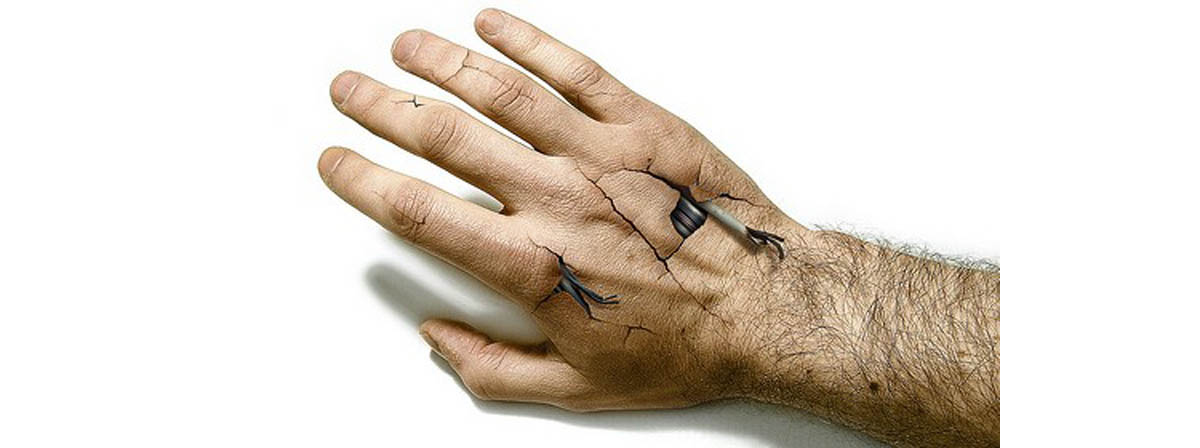Table of Contents
Tendinitis — usually known informally as Tendonitis — is the inflammation or irritation of a tendon – the structure that connects your bones to muscles. Tendinitis usually causes flare ups due to repetitive overuse of a specific joint and is particularly common around the knees, shoulders, elbows, wrists and ankles.

Worried that you might get tendinitis during your gym sessions? Don't worry that you might not be able to go the gym again. While it might seem scary, there are solutions to deal with tendinitis. Fortunately, there are plenty of ways you can train around tendinitis, and you can even use training to help tackle the pain and the root cause of tendinitis to help you on the road to a full recovery. In really extreme cases, you may need surgery to repair your damaged tendons, but provided you recognize the symptoms early, stay sensible with your training and follow the right type of routine to help your tendons out, fixing it yourself, along with the help of a qualified physiotherapist of course is perfectly feasible and means that you can avoid the surgeon’s knife. All you need to do is put in the work to take care of your tendonitis and the pain will most likely stop.
- Talk with your doctor and a qualified corrective exercise specialist, physio or sports therapist before doing anything else in the gym if you suspect you have tendonitis. -
This is imperative – even if you’re certain your pain is tendinitis and think you know exactly how to fix it, it's always important to get a second opinion from a medical professional. You also need the all clear from them before you do anything physical.
- Avoid anything that hurts.
It may sound blindingly obvious, but you’d be surprised at the number of people who train through pain, with the “No pain, no gain” mantra firmly in mind. Of course there is some truth to this motto, but there’s also a distinct line between pushing yourself to work hard and training through an injury, making it worse.
- Find Alternatives
At the other end of the spectrum, many folks use an injury like tendinitis as a reason to skip the gym altogether. Hopefully if you’re reading this article, you’re not one of these gym shirkers, but just be aware that just because you might not be able to train one body part or joint, doesn’t give you the excuse to sit on your butt all day instead.
As a general rule, if you have tendinitis in an upper body joint, you can still use leg resistance machines and perform most forms of cardio and if you’re tendinitis is lower body based, most upper body stuff should be fine and you may even be able to find ways you can still perform cardio.
- Get Regular Massages
Tight muscles and joints are one of the main reasons people get tendinitis. Even if you don’t feel any joint or tendon pain, get a sports massage at your gym once a month as a preventative measure.
- Balance Your Training Routine
Those most prone to tendinitis are the ones who stick to just one type of activity. Runners are synonymous for only running and including little to no other types of exercises like lifting weights or even alternative forms of cardio. This makes them much more likely to develop tendinitis in the ankle, knee or hip. Likewise people who focus just on one or two body parts when lifting weights set themselves up for tendinitis.
- Tendinitis
- By Mayo Clinic
- Accessed on June 27th, 2013
- www.mayoclinic.com/health/tendinitis/DS00153
- Photo courtesy of Ariel H. by Flickr : www.flickr.com/photos/fotosrotas/2729906881/
- Photo courtesy of 88mvc by Wikimedia Commons : commons.wikimedia.org/wiki/File:Prone_Knee_Flexion.JPG


Your thoughts on this